Happy belated Canada Day (and Independence Day to our American friends). Welcome back to Forgotten Silver, everyone! Last month I presented the first of a two-part series about Winnipeg’s Underground/New Wave comic collective, FreeKluck. Whereas last month I focused on the comics that the five official members created prior to the formation of the group in the early-1980s, this month I will present a checklist (of sorts) that highlights all of the comics released by the group and will then provide some information regarding what some of the members of the group did after FreeKluck disbanded.
Just as a refresher, FreeKluck was a collective of five men: Frank McTruck, Bobby Stahr (whose last name is usually presented as a star symbol), Basil Hatte, Roldo Odlor and Jack D. Zastre (pronounced “Zas-tree”). The group also included guest appearances by Martina Erskine, Loondancer, Dudley Clearsky and Winnipeg’s most prolific mini creator, Kenny Moran.
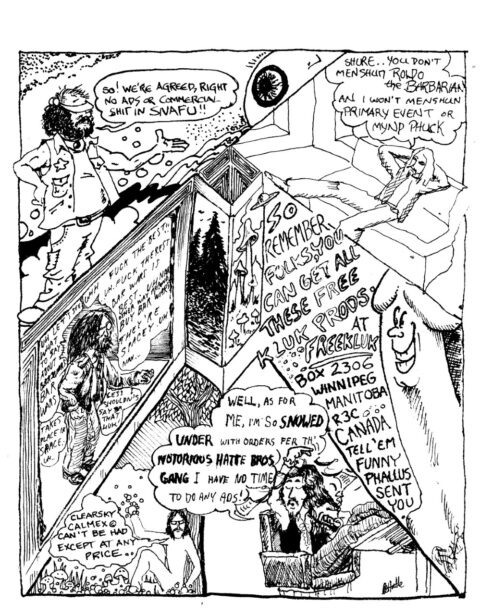
From 1981 to 1983, FreeKluck released approximately nineteen mini-comics (five of which were included in their now-legendary Winnipeg Jam-Pac) and an order form catalogue. During this period, Jack D. Zastre released a one-shot called Street Music (as well as some of the later issues of Bar Wars) and Roldo released a couple of comics under his “Toof-Arg-On” name: Moron Majority Funnies and Voojaday. A planned comic by associate Dudley Clearksy called Clearsky Calmex never came to fruition. Other comics called Moron Sports and All Rat were partially drawn but were never released. An animated gif of Moron Sports is available to view on Frank McTruck’s Experimental Toons blog.
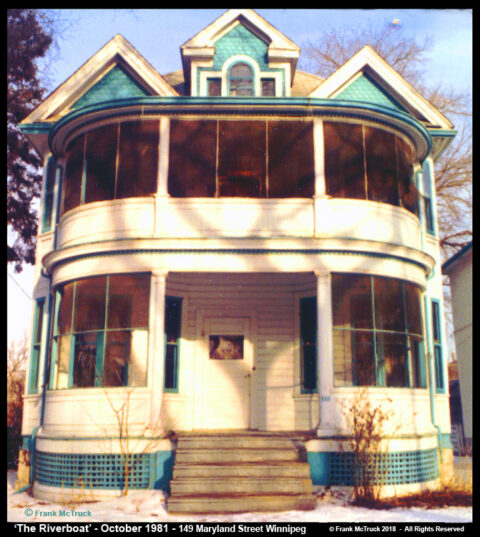
Despite the fact that the members of FreeKluck had known each other for many years (in some cases dating back to the late-1960s), the group only came together as a collective after Frank McTruck moved back to Winnipeg permanently in April 1981 after spending time in British Columbia. For a long time, I had assumed that FreeKluck’s comic jams all occurred at Frank’s rented house at 149 Maryland Street which was known as “The Riverboat.” In reality, Frank had moved into another rented house at 157 Harbison Avenue first and this is where the original FreeKluck jams occurred.
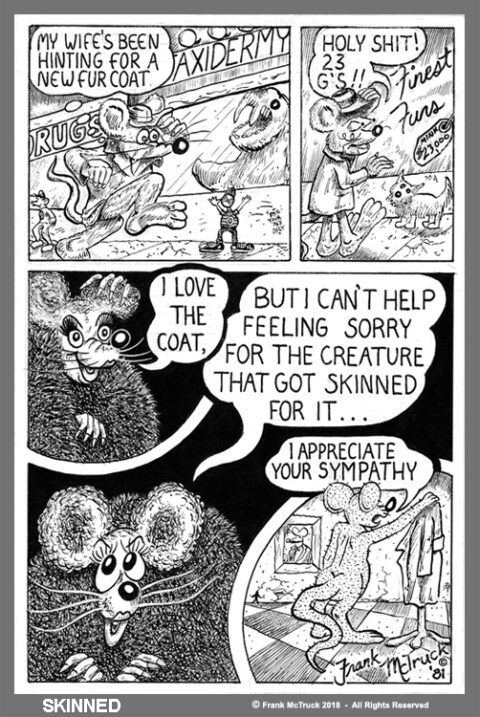
The five Winnipeg Jam-Pac mini comix (which I will return to below) were created from April to June 1981. Jack D. Zastre and Basil Hatte had both created their first minis prior to this. By June 1981, Jack had finished Bar Wars # 2. In early July, Jack and Frank were working on All Rat and, on July 25th, they had completed the Jam-Pac covers and sorted the sets. Frank’s comic page “Skinned” was originally done on August 16th, 1981 for the unpublished All Rat comic.
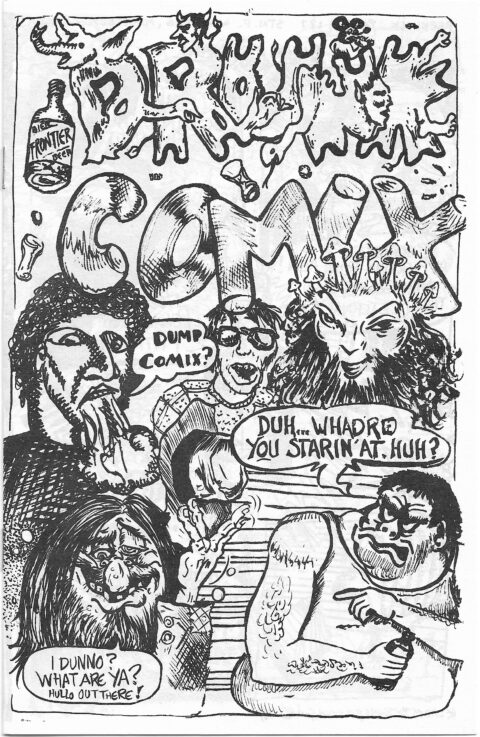
Fortunately, Frank has kept an incredible archive of information from the 1970s and 1980s, including diaries and notes. It also helps that his wife has an incredible memory. Towards the end of June this year, they dug up some information that helps to develop an early chronology of FreeKluck’s efforts. Based on this, they started holding comic jams in April, May and June on Monday evenings at the house on Harbison Avenue. On June 8, 1981, the group completed its sixth comic, Drunk Comix, but in a larger format (5 1/2″ x 8 1/2”). This was followed by 40° Below Funnies in an even larger format (8 1/2″ x 7″) in early February 1982. June 8, 1981, was also the day that Jack D. Zastre showed off his finished copies of Bar Wars # 2. On June 23, the Winnipeg Jam-Pac covers were completed and they started sorting out the sets. Frank moved to “The Riverboat” on October 1, 1981, and for the next year or so it became one of the most important hot spots for comic book creation in all of Canada.
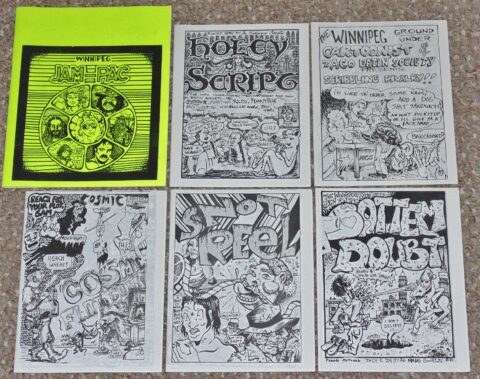
The Winnipeg Jam-Pac is one of the most unique creations from the early new wave era and was the first release published by FreeKluck. The five comics included in the set, Bottom Doubt, Cosmic Flotsam, Holey Script, Scribbling Rivalry and Snot Reel are all fun examples of the transition from Underground to new wave comics in Canada. Like all of FreeKluck’s works, these minis are comedic specimens of the counterculture.
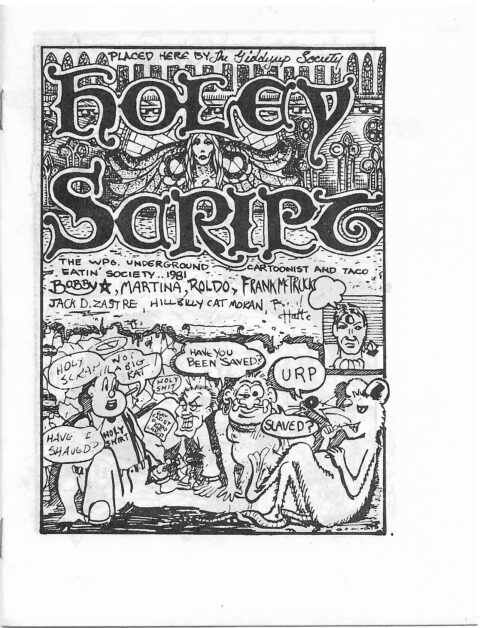
1981 also saw FreeKluck start working on its second series after the Jam-Pac set (and only continuing series), the five-issue Snafu that debuted in July 1981, and continued throughout 1982. Snafu is perhaps the highlight of FreeKluck’s output and should be on the radars of collectors interested in the group. The series is coveted among FreeKluck fans to the extent that issues rarely come up for sale and this is compounded by the fact that individual issues of Snafu only had print runs of between 200 and 250 copies each. Expect to pay in excess of $100 CAD for each issue of Snafu, as well as the Winnipeg Jam-Pac. Although I own the Jam-Pac and multiple copies of Drunk Comix, I have yet to source any issues of Snafu for my collection.
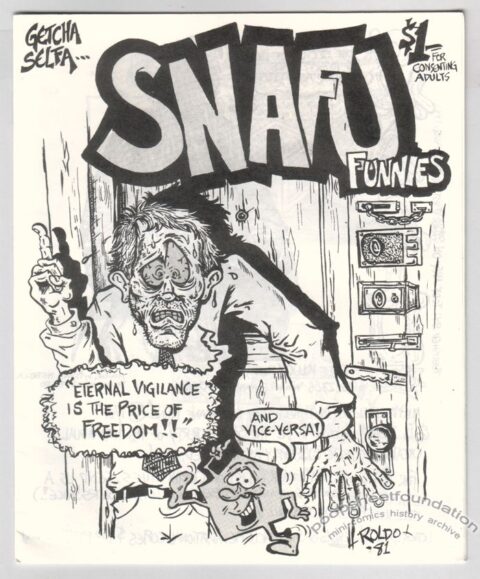
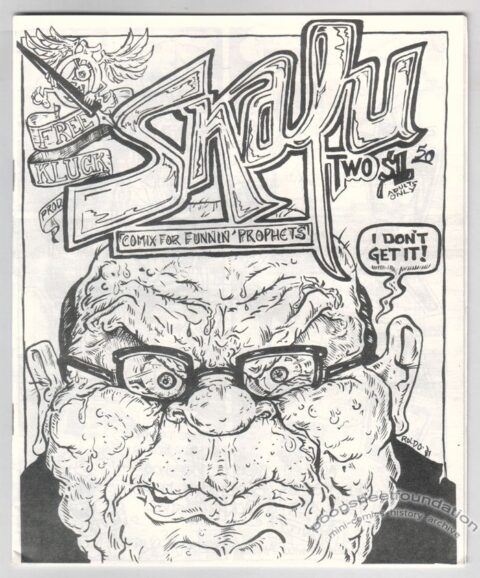
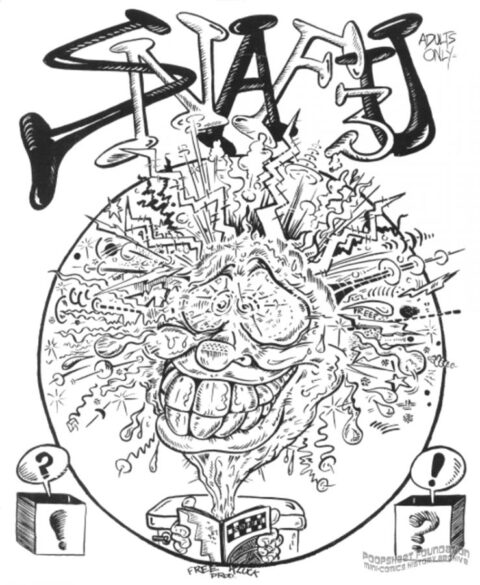
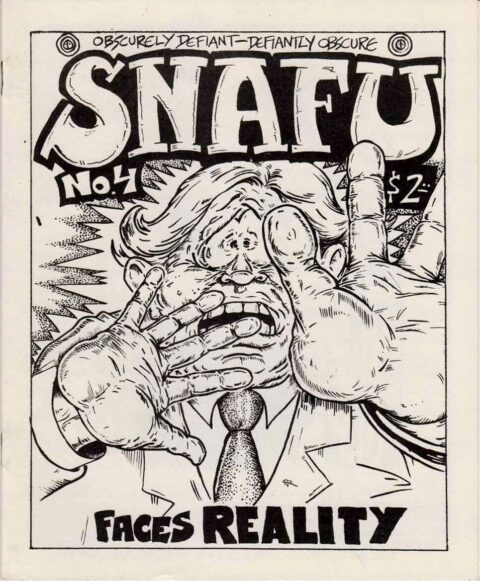
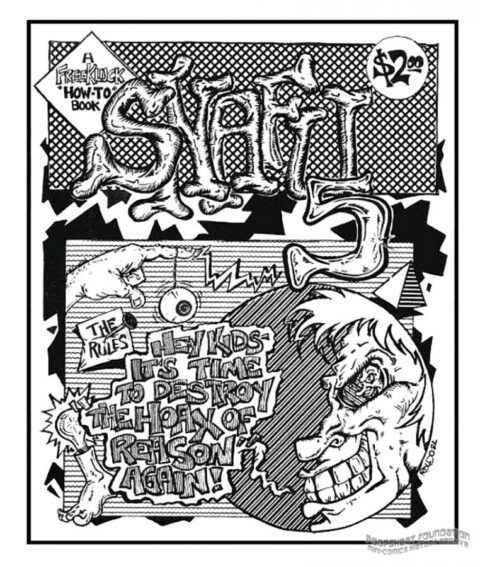
In addition to the abovementioned works that are highly collaborative efforts from all members of the group, FreeKluck also fostered several solo works. For example, Bobby Stahr released his rarely seen solo mini Chrome Plated in February 1982 under the FreeKluck name and Jack D. Zastre released the solo effort Street Music in 1981 (though it appears that he did not use the FreeKluck name for this mini). Chrome Plated is the rarest of all FreeKluck publications, having a print run of only 100 copies. I have never seen an image of one other than the one that appears in the 1982 FreeKluck Catalogue. The comic was an 8-page digest printed on heavy stock, which helps to explain the low print run. Jack D. Zastre’s print run of Street Music was much higher at 500 copies.
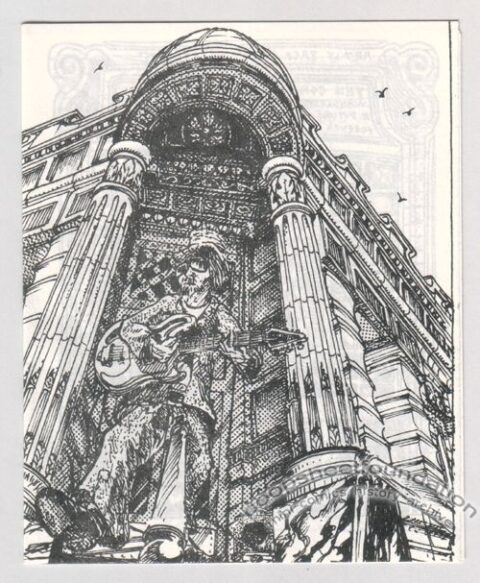
In addition to Chrome Plated, Bobby Stahr released another solo mini in 1981 or 1982 called Primary Event. This comic is much easier to find due to its print run of 500 copies. Bobby and Roldo collaborated on two additional comics together under the FreeKluck name that did not include clear contributions from the other members of the group: Myndphuck was released in late 1981 and had a print run of 500 copies, while Strange Times Tales was released in January 1982 and had a print run of only 230 copies. 1982 also saw Roldo release an 8-page mini called Snapshots that reprinted some editorial cartoons he had created before FreeKluck started collaborating. Snapshots also had a print run of 500 copies and do come to market from time to time. Due to the rarity of Chrome Plated, I cannot even estimate what its value might be if one were to come to market. Expect to pay at least $50 CAD each for Primary Event, Street Music, Strange Times Tales, Myndphuck and Snapshots if you are lucky enough to find copies.
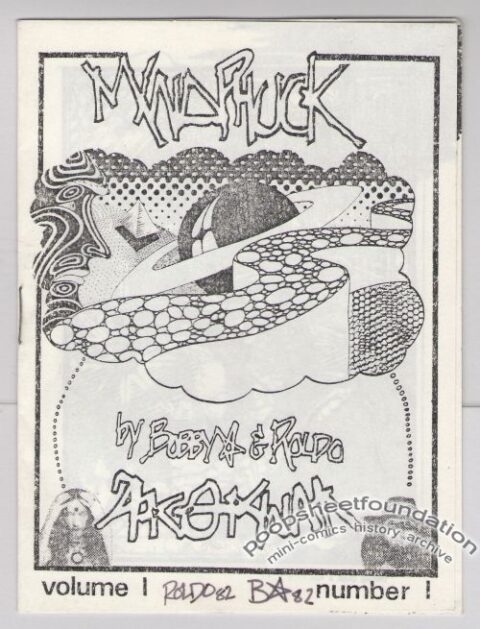
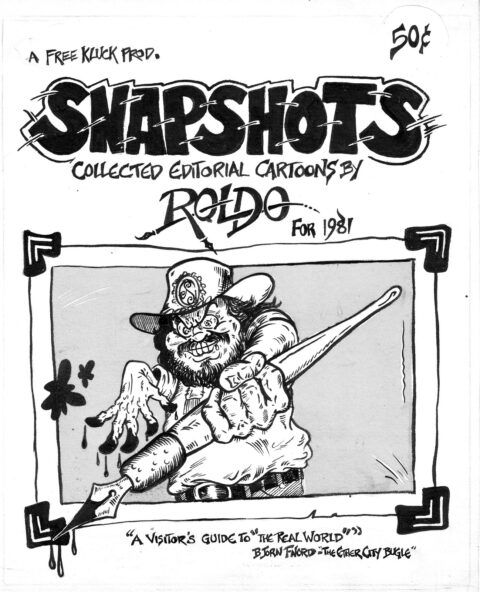
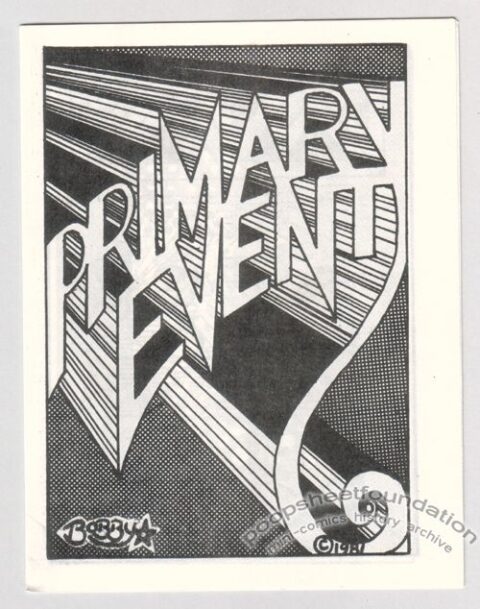
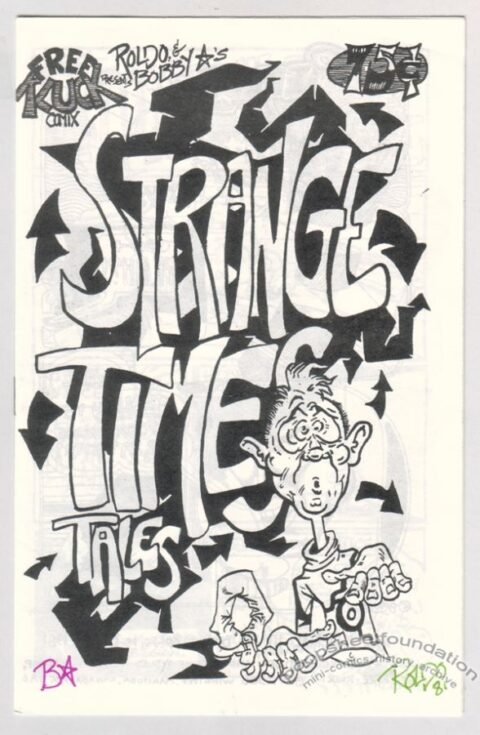
As 1982 continued, Roldo and Bobby Stahr released one more comic under the FreeKluck name: Wired Tales. Afterwards, Roldo returned to solo output and focused more and more on collaborating with American creators such as Clay Geerdes (working on Babyfat and Burnt Out Funnies) and Brad Foster (working on Goodies and Our Story Thus Far). Roldo did publish a few more solo efforts in Winnipeg that I am aware of, but reverted to his old Toof-Arg-On name by 1983 (with comics such as Too Twisted Tales, Moron Majority Funnies and Voojaday). For the most part, however, Roldo’s output for the rest of his career in comics tended to be as a cover artist and contributor to American series such as those mentioned above.
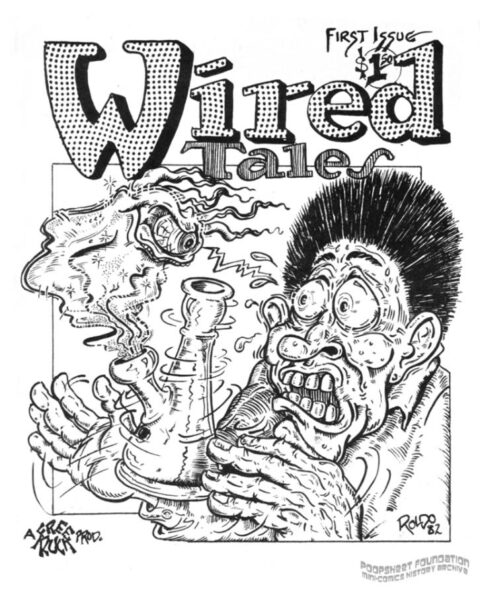
FreeKluck produced one other comic that was the result of jamming during their short, but prolific time together: 1982’s 40° Below Funnies. Like Drunk Comix, the issues of Snafu and the comics included in the Winnipeg Jam-Pac, 40° Below Funnies features work by all of the members of FreeKluck and it is difficult to tell where the contributions of one artist end and another begins. It is unknown how many copies of 40° Below Funnies were printed, but the comic was released in early 1982 and is documented in the FreeKluck Catalogue.
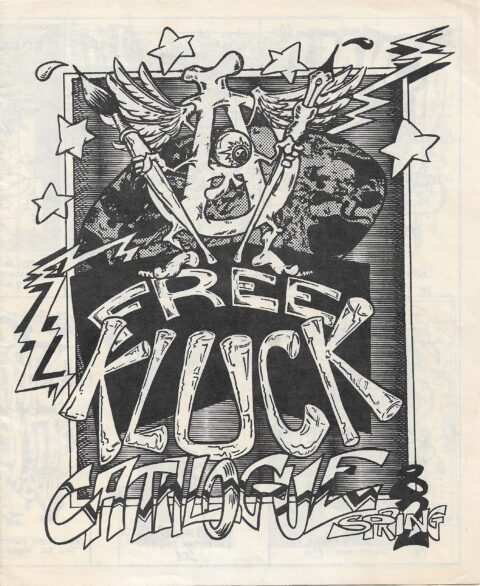
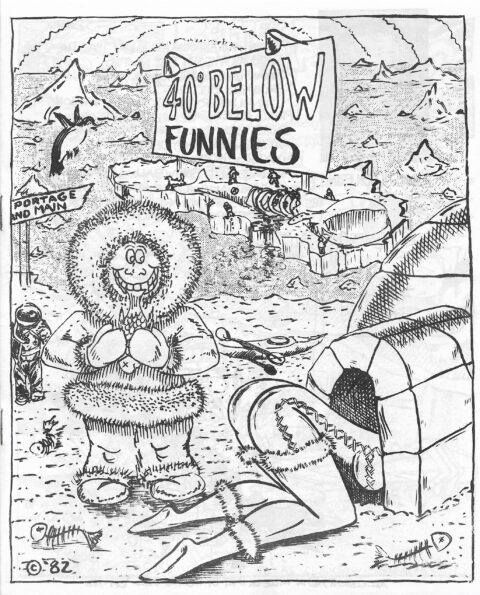
As far as I can tell, FreeKluck disbanded sometime in 1983. Roldo was the only member who continued on in comics in any great capacity after the group ended, but eventually suffered a spinal injury that led to him being unable to draw without a great amount of effort. He became involved with Discordianism and drew the cover to Adam Gorightly’s book Historia Discordia (which also features a forward by Alan Moore). Roldo returned to cartooning a few years ago and became associated with cannabis legalization activist Jennifer F. Knight (aka “Bathtub Jen”) who he started drawing comics for. Knight helped him reprint some of his earlier comics and Discordian-related works through her imprint Bathtub Books in 2017. It is unclear if these reprints are still available for purchase.
It appears that Bobby Stahr left comics altogether, switching his artist focus towards musical endeavours, while also getting into Discordianism and advocating for cannabis legalization. Mr. Stahr is a talented guitar player and singer who had continued to perform live shows up until the end of last year. He would likely still be performing if not for the pandemic. You can check out some of his performances from a decade ago on his YouTube channel.
I do not know much about what Jack D. Zastre has been up to since the end of FreeKluck, though it appears that he got into the bicycle repair business.
Frank McTruck continued on with his business endeavours, opening a custom printing and custom rubber stamp business in Winnipeg, specializing in cartoon rubber stamps while continuing with his artistic endeavours and leatherwork. He is now enjoying his retirement with his wife and three cats, spending more time than ever cartooning and drawing. Dan Bryantowich and I had actually encountered some of Frank’s rubber stamps at Library and Archives Canada a couple of years before we learned about his custom rubber stamp business. This is because FreeKluck associate and prolific mini creator Kenny Moran often incorporated these custom rubber stamps into his own comics throughout the rest of the 1980s.
It does not appear that Basil Hatte continued with comics after FreeKluck either. As noted last month, his partner and occasional FreeKluck letterer, Loondancer, died tragically in 2001. However, he did storyboard artwork for his brother (the “notorious” T.H. Hatte), who had moved to the Maritimes in the early-1980s. T.H. worked as a production assistant on Paul Donovan’s Canuxploitation classic Def-Con 4 that was filmed around Halifax and was released in 1985. He then spent much of the next decade trying to get his dream project made, the film Anchor Zone, which he wrote and was directed by Andrée Peltier. This rarely seen film was a dystopian science-fiction work that was filmed in St. John’s and was supposed to kickstart the Newfoundland film industry. Unfortunately, it flopped and its only home media release was on VHS. I was fortunate to watch the film many years ago during my “tapehead” days as a VHS collector in the late-1990s. The Laser Blast Film Society dug up a 35mm print and had a viewing of the film in 2018.
Several years ago, Roldo told me that he thought that Basil and T.H. should get focus on adapting the film into a graphic novel and provided me with several of the storyboard artworks that Basil created for the film. Unfortunately, T.H. died suddenly in December 2018. Hopefully, with boutique blu-ray companies now in vogue and an existing 35mm print of the film in circulation, we may see a company like Vinegar Syndrome release this down the road. One can dream. Here are the four production sketches created by Basil Hatte that Roldo shared with me.
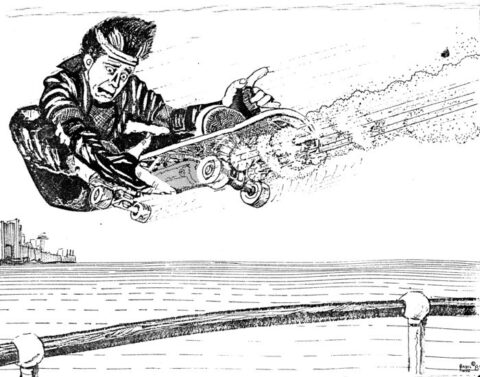
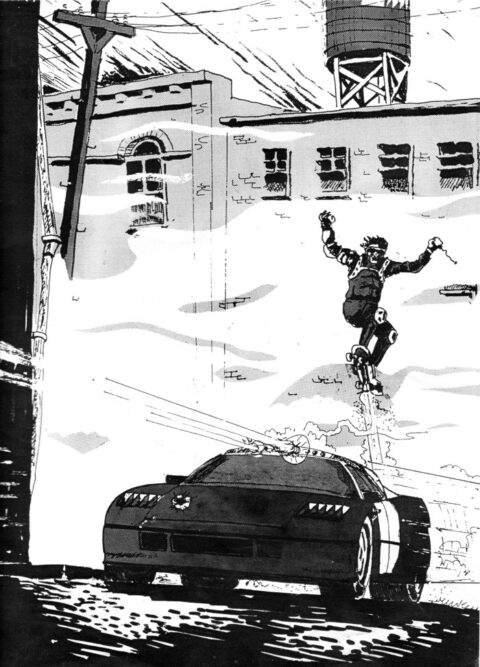
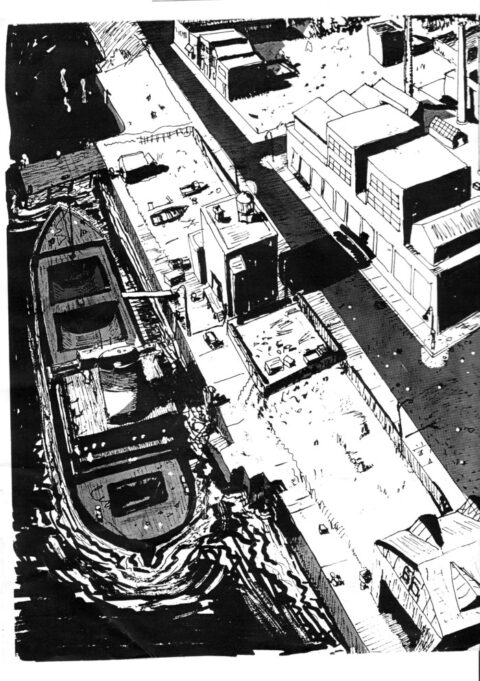
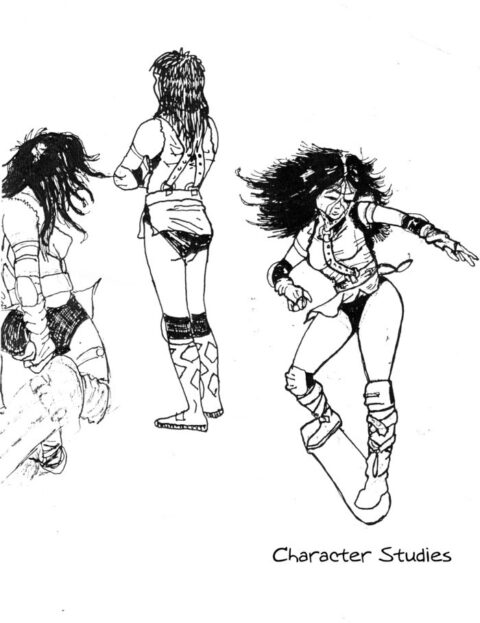
Despite their short period creating together, FreeKluck is one of the most significant groups of comic creators from the Canadian Silver Age. Long forgotten by mainstream collectors and the wider Canadian comic community, this group of five men was ahead of its time in terms of anticipating the new wave comic boom of the 1980s. The group is finally starting to get some of the recognition that they collectively deserve, having their work exhibited by Winnipeg’s Graffiti Gallery last summer as part of their “Deep Dive Mega Show.” Hopefully, this is just the beginning of a newfound interest in the group.
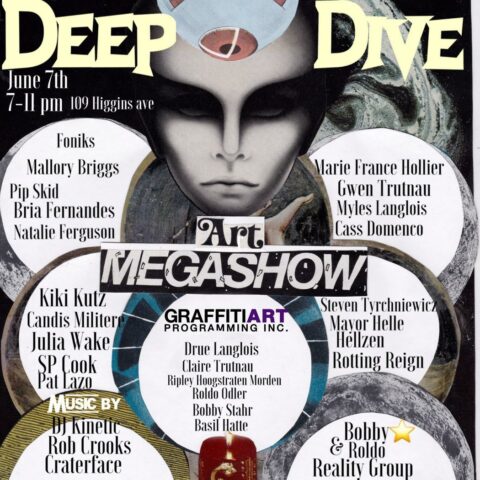
As a parting note, now that the Atlantic bubble is finally open, my wife and I will be leaving for New Brunswick to visit her parents before this article is published on Comic Book Daily. We will not have internet access during our trip. As such, I will be unable to read or respond to comments until we return to Halifax the following week. My apologies everyone.

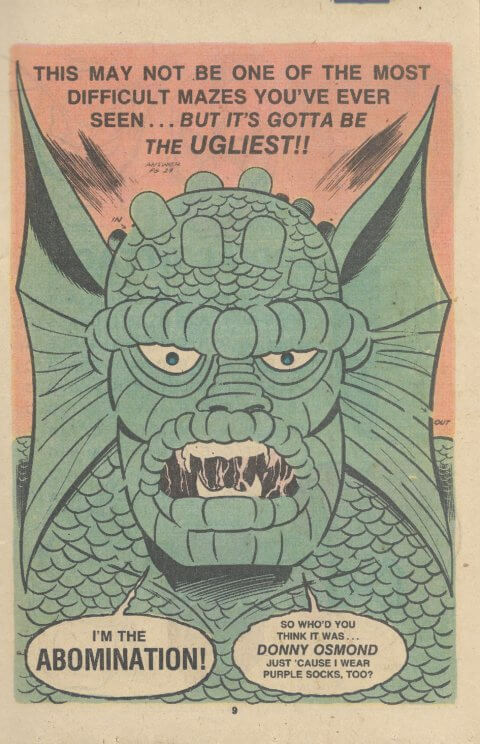
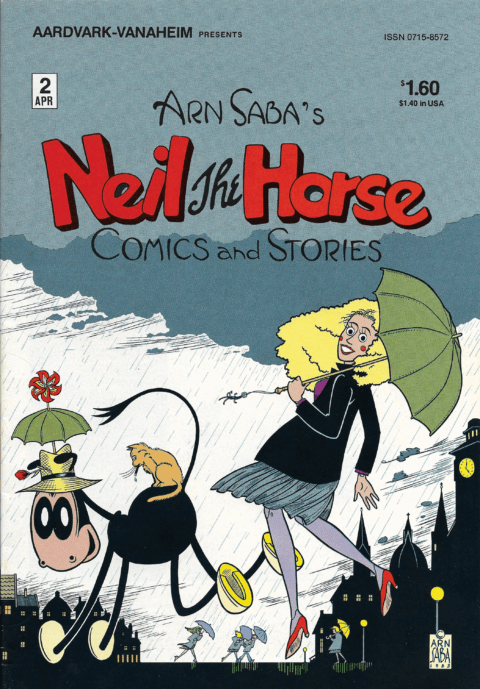
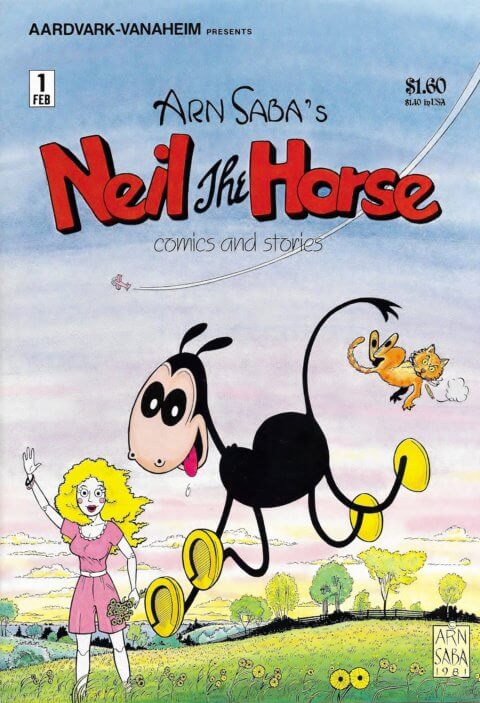
Excellent work, Brian, thank you!